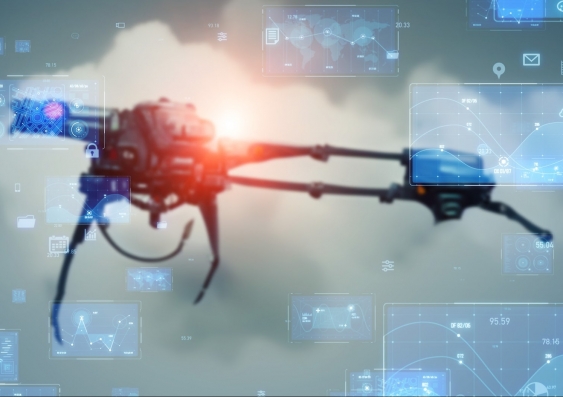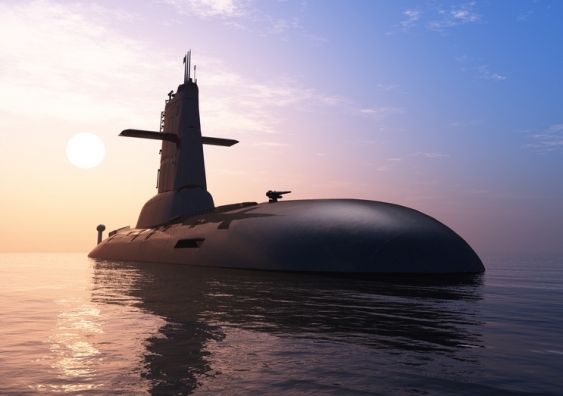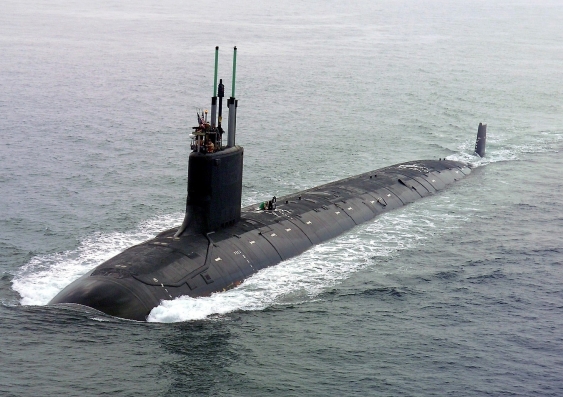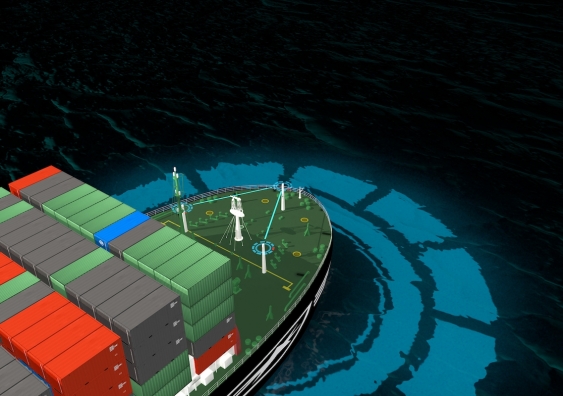Reports of the demise of crewed naval vessels have been greatly exaggerated.
On February 1, Ukrainian uncrewed surface vesselsĀ Ā a Russian missile corvette. It was the first time a warship had been sunk by a modern USV.Ģż
Soon after, in June, Houthi fighters in Yemen launched USVs toĀ Ā in the Red Sea.
The rapid advance in uncrewed technologies has been remarkable. The ability of comparatively weak, land-based forces such as the Houthis or Ukrainians to hold at risk much larger and more powerful navies comes as a big wakeup call.
To some, these developments signal the start of an "uncrewed revolution" for naval vessels.Ģż
The Australian government is investing huge sums in new crewed warships and submarines, which makes the validity of those claims hugely important. Australiaās national security and economic prosperity depend on getting such decisions right.
Retired US admiral James StavridisĀ Ā the Ukrainians' successful use of USVs a "seminal moment in military history, like Agincourt or Pearl Harbor".Ģż
Others, including Australian strategist and former senior defence official Hugh White, haveĀ Ā that these new technologies will rapidly render surface combatants redundant.Ģż
In 2018, US defence expert Paul ScharreĀ Ā that āthe future [is] being built todayā and that, due to the uncrewed revolution, the days of what he calls the āā were here.Ģż
Rise of the drones
The past six years would seem to support this contention ā nowhere more than in the conflict in Ukraine.
The use of first-person-view drones is widely considered to have had significant impacts on the land war in Ukraine.Ģż
Perhaps more surprising has been the Ukrainian forcesā use of small USVs to attack the far larger and more powerful Russian Navy.
There is similar discussion about the underwater space, where developments in uncrewed underwater vehicles areĀ Ā as the death knell of submarines.Ģż
This narrative has been particularly strong among opponents of theĀ Ā for Australia to acquire nuclear-propelled submarines.
However, it is important to keep perspective.Ģż
Obstacles to unmanned vessels
There are four key challenges facing any wider adoption of uncrewed platforms at sea, and it appears likely that the combination of these factors means the reports of the demise of crewed naval vessels have been greatly exaggerated.Ģż
The first of these is the viability of many uncrewed vessels when operating against properly defended targets.Ģż
Successes in the Black Sea and the Red Sea have largely come against eitherĀ Ā or ageing andĀ .Ģż
Western naval vessels operating in the Red Sea have provedĀ Ā for this generation of attack USVs.
More advanced capabilities are possible, but as ever, they come with far greater complexity and cost.
The second factor involves the range and seaworthiness of the current generation of offensive uncrewed vessels.Ģż
It is no coincidence that the first notable use of these weapons has come in the enclosed environments of the Red Sea and Black Sea. USVs of the types deployed by the Houthis and the Ukrainians are effective in the littorals, regions lying along a shore, but they lack the endurance or seaworthiness for open ocean operations.Ģż
Once again, this challenge is not insurmountable: the US Navy operatesĀ . But these are much larger and more complex vessels, which means they carry a vastly higher price tag.Ģż
°Õ³ó±šĢż±«³§Ģż²¹²Ō»åĢżĀ are looking at building the first generation of ocean-going uncrewed combatants, but the programme faces major challenges.Ģż
The difficulty of building a large, long-range and highly capable USV counteracts key benefits of the transition to uncrewed vessels ā namely, low cost and high quantity. Ā Ā
Beyond these practical challenges, there are vexing legal and ethical questions.Ģż
What makes a warship?
There is no consensus about whether uncrewed vessels can beĀ legally classifiedĀ as ships, let alone warships. This introduces a raft of further issues over the rights that such vessels might possess.
This ambiguity has very real consequences. If a USV does not have the sovereign immunity granted to warships, it could potentially be boarded or seized by an adversary, easily precipitating a crisis.Ģż
The ethical questions are just as challenging.Ģż
Given the difficulties of underwater communications, UUVs are likely to operate autonomously. Having uncrewed submarines firing torpedoes at targets without a human in the loop is a confrontingĀ Ģż²¹²Ō»åĢżĀ dilemma. Ā
Navies also do a lot of work that isĀ .Ģż
From constabulary patrols to humanitarian aid and disaster relief, navies are highly flexible tools of state. Few if any of these wider roles can be done by uncrewed vessels.
Uncrewed vessels are inevitably going to change naval warfare, but that change is going to be slower and more limited than many have claimed.Ģż
Small craft focused on the collection of intelligence, surveillance and reconnaissance are already being brought into operation, but major obstacles are still in the way of a wider revolution.Ģż
For the time being, the navy of none remains a myth.Ģż
Richard DunleyĀ is a Senior Lecturer in History and Maritime Strategy at UNSW Canberra.
Originally published underĀ Ģż²ś²āĢżā¢.
Related stories
-

The defence review fails to address the third revolution in warfare: artificial intelligence
-

Australia's nuclear submarines and Defence strategy: UNSW experts available
-

Three tiers and more than 8000 new engineers: what it will take to deliver AUKUS nuclear submarine program
-

Navigating the future: the promise of autonomous boats




